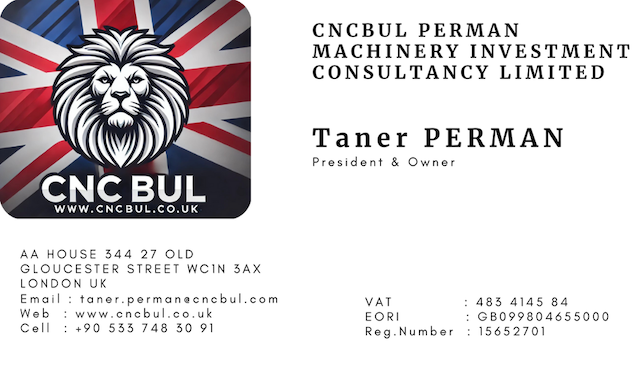What is PVD Coating Machine in Cutting Carbide Tools sector?
A PVD (Physical Vapor Deposition) coating machine is widely used in the cutting carbide tools sector to enhance tool performance by applying thin, hard, wear-resistant coatings to cutting tools, such as carbide inserts, drills, or end mills. The PVD process significantly improves the durability, cutting speed, and overall lifespan of these tools. Here’s an overview of the technology and its benefits:
What is PVD Coating?
PVD is a vacuum deposition method where a thin film of hard material, often composed of compounds like titanium nitride (TiN), titanium aluminum nitride (TiAlN), or chromium nitride (CrN), is deposited onto the surface of the cutting tool. The coating is applied in a vaporized form and condenses on the tool in a controlled vacuum environment.
How Does a PVD Coating Machine Work?
- Vacuum Chamber: The process occurs in a vacuum to prevent contamination and ensure a controlled atmosphere.
- Material Vaporization: A target material (often a metal or alloy) is vaporized using high temperatures or plasma.
- Ionization and Acceleration: The vaporized material is ionized, creating a plasma, and then directed toward the substrate (cutting tool).
- Deposition: The ions bond to the surface of the tool, forming a thin, uniform coating with enhanced properties.
Benefits of PVD Coating for Cutting Carbide Tools:
- Increased Hardness: PVD coatings like TiN and TiAlN can increase the hardness of the tool surface, making the cutting edge more resistant to wear and deformation.
- Improved Wear Resistance: The coating forms a barrier that helps protect the carbide tool from abrasive wear during high-speed cutting operations.
- Thermal Stability: Some PVD coatings, such as TiAlN, offer excellent thermal stability, enabling tools to maintain cutting performance at higher temperatures.
- Reduced Friction: PVD coatings can lower the coefficient of friction between the tool and the workpiece, leading to smoother cutting and reduced heat generation.
- Extended Tool Life: By improving hardness, wear resistance, and thermal stability, PVD coatings significantly extend the tool’s lifespan, reducing downtime for tool changes.
- Better Surface Finish: The reduced friction and wear on the cutting tool result in better surface finishes on the workpiece, contributing to higher-quality parts.
Common Coatings in Carbide Tools:
- TiN (Titanium Nitride): A gold-colored coating known for its hardness and smoothness, suitable for general-purpose machining.
- TiAlN (Titanium Aluminum Nitride): Offers excellent oxidation resistance and high-temperature performance, ideal for high-speed and hard material cutting.
- CrN (Chromium Nitride): Known for its anti-corrosion properties and wear resistance, often used in specific applications like machining non-ferrous metals.
Applications of PVD Coated Carbide Tools:
- Metalworking: Cutting, drilling, and milling hard materials such as stainless steel, cast iron, and titanium.
- Aerospace and Automotive: High-speed cutting applications that demand precision and extended tool life.
- Mold Making: For cutting hard tool steels and other materials used in mold manufacturing.
In summary, PVD coating machines in the cutting carbide tools sector help produce high-performance tools that deliver longer life, superior wear resistance, and improved cutting efficiency.


